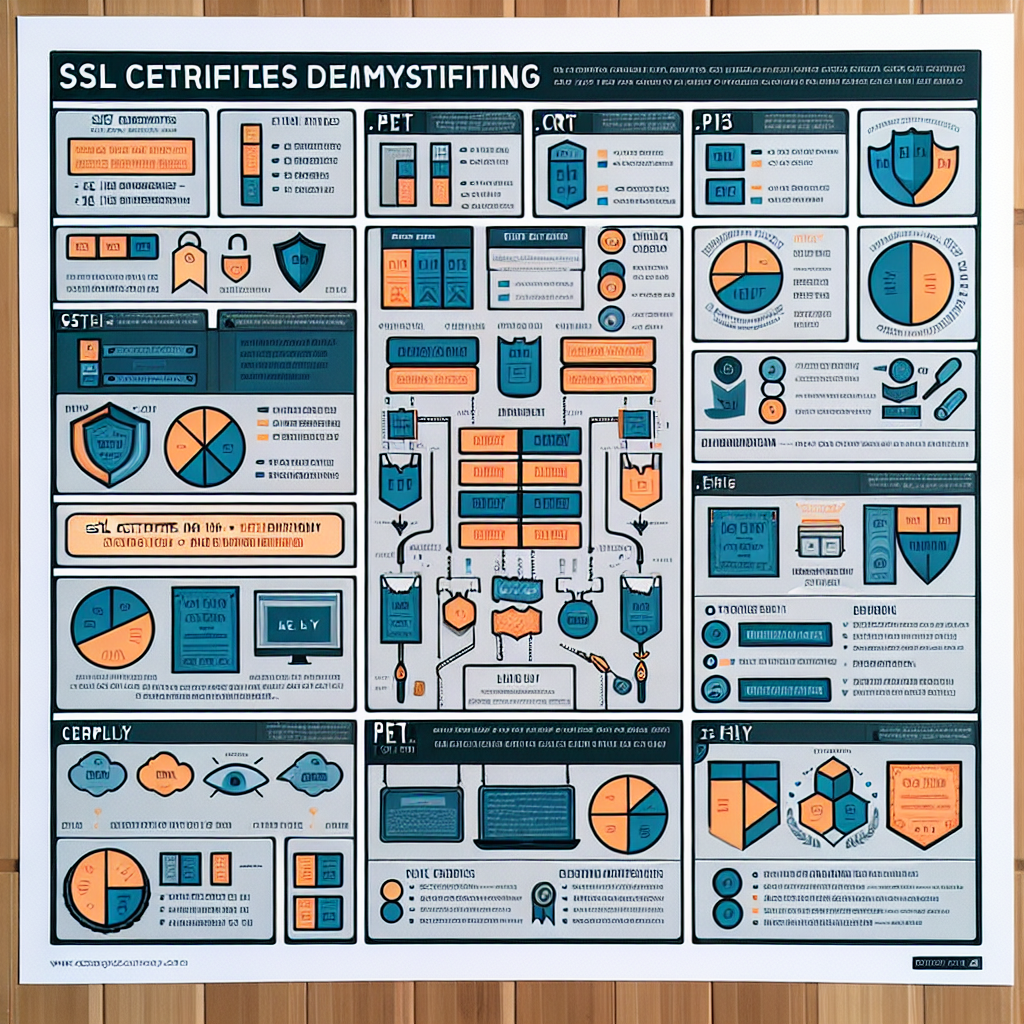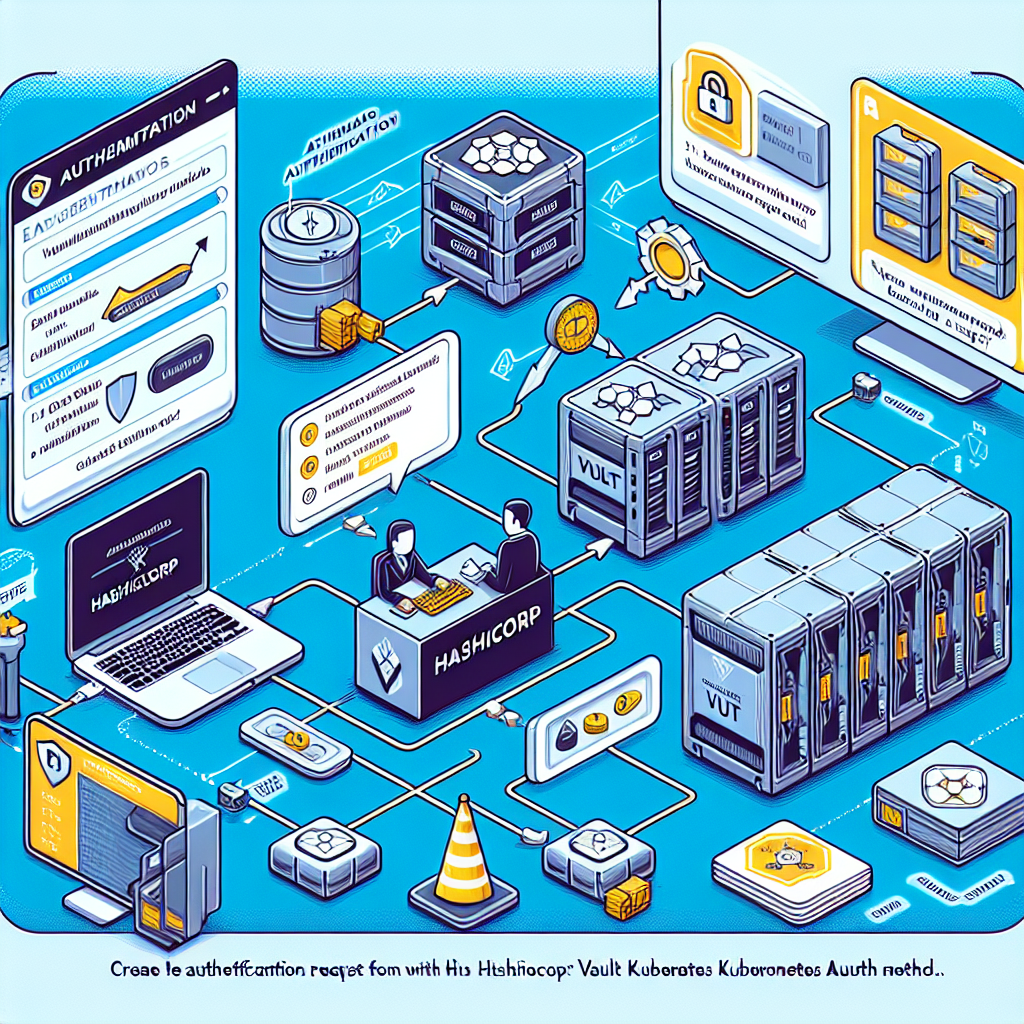Demystifying SSL Certificates - Understanding .pem, .crt, .p12, and .key Files
Hello and welcome to "Continuous Improvement," the podcast where we explore ways to enhance our digital experiences and ensure the security of online communications. I'm your host, Victor, and in today's episode, we'll be delving into the world of SSL certificates. Specifically, we'll be discussing the different types of SSL certificate files and their significance in securing our online interactions.
Before we dive in, let's quickly understand what SSL certificates are. SSL, or Secure Sockets Layer, certificates are small data files that establish secure connections between web servers and browsers. They bind cryptographic keys to an organization's details, ensuring encrypted and protected communications.
So, what are the different types of SSL certificate files we will be focusing on today? Let's get started!
First up, we have the .pem files. These widely used files store SSL certificates, private keys, and intermediate certificates. .pem files are ASCII text files that contain encoded data. They are commonly used in Unix-based systems, such as Linux.
Moving on, we have .crt files. These files specifically contain the public key portion of an SSL/TLS certificate, including important details like the domain name, validity period, and issuer's information. It's important to note that .crt files usually do not include the private key.
Next on our list are .p12 files, also known as PKCS#12 files. These files serve as encrypted storage for both the private key and the corresponding certificate. They are frequently used in Windows-based environments and are password-protected. Their purpose is to provide secure distribution and backup of SSL certificates.
Lastly, we have .key files, which are often referred to as private key files. These files contain the private key component of an SSL certificate and are crucial for establishing secure encrypted connections. While .key files are not standardized, they usually come in PEM format and can be password-protected for added security.
Understanding the differences between these file formats is vital for managing and configuring secure connections. By familiarizing ourselves with .pem, .crt, .p12, and .key files, we can better handle SSL certificates and ensure the privacy and security of our online interactions.
Remember, securing our digital communications is a continuous effort. Staying informed about SSL certificate practices is crucial in today's interconnected world.
That's it for today's episode of "Continuous Improvement." I hope you found this discussion on SSL certificate files insightful. As always, stay curious and keep exploring ways to enhance your digital experiences.
Thank you for listening to "Continuous Improvement." I'm Victor, your host, and I'll catch you on the next episode. Stay secure and stay connected!



